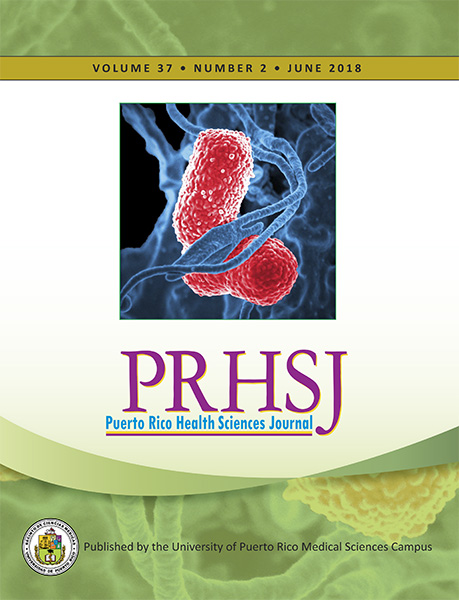Resumen
Objective: According to the Centers for Disease Control and Prevention (CDC), injury to the central nervous system (CNS) continues to be a leading cause of injury-related morbidity and mortality in the US today. Methods: A prospective cohort study was performed to determine the incidence of all traumatic CNS injuries. Descriptive variables were presented as frequencies and percentages. Quantitative variables were expressed as means and averages (plus/minus standard deviation); bivariate cross-tabulation and multiple regression analyses were employed to identify risk factors and compare epidemiological patterns of injury related variables. Results: Information from 3,202 patients with confirmed CNS injuries was collected and analyzed. Traumatic brain injuries (TBIs) had occurred in 2,524 of the cases (78.8%). Spine injuries had occurred in 831 cases (25.9%), and 197 cases (6.2%) had suffered spinal cord injuries. Overall, most of the cases were male (75.0%) and with a median age of 40 years. Of the total number of cases, newborns and infants (≤ 4 years of age) comprised 7.8% and elderly individuals (>65 years of age), 27.4%. Nearly half of the injuries were due to falls (47.5%), followed by motor vehicle and other transport accidents (35.2%). Loss of consciousness occurred in 61.3% of the traumas. The Glasgow Coma Scale (GCS) was used to categorize TBI severity and showed that the majority of TBIs were mild (70.0%). Over 90% of all cases had been injured either at home (42.8%) or on the street (49.1%). Conclusion: These results are evidence that additional collaborative efforts that focus on trauma are needed to increase knowledge, public health awareness, and preventive measures.
Authors who publish with this journal agree to the following terms:
a. Authors retain copyright and grant the journal right of first publication with the work simultaneously licensed under a Creative Commons Attribution License that allows others to share the work with an acknowledgement of the work's authorship and initial publication in this journal.
b. Authors are able to enter into separate, additional contractual arrangements for the non-exclusive distribution of the journal's published version of the work (e.g., post it to an institutional repository or publish it in a book), with an acknowledgement of its initial publication in this journal.
c. Authors are permitted and encouraged to post their work online (e.g., in institutional repositories or on their website) prior to and during the submission process, as it can lead to productive exchanges, as well as earlier and greater citation of published work (See The Effect of Open Access).
